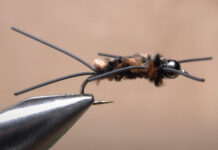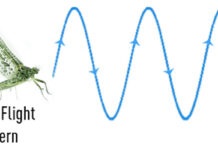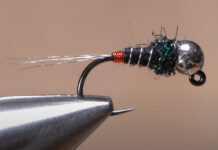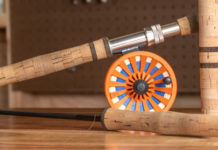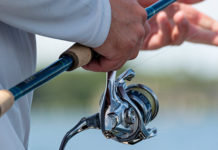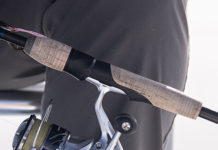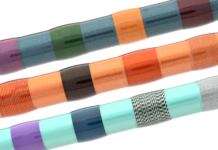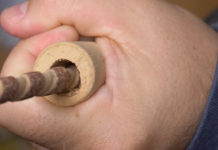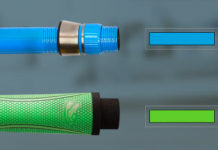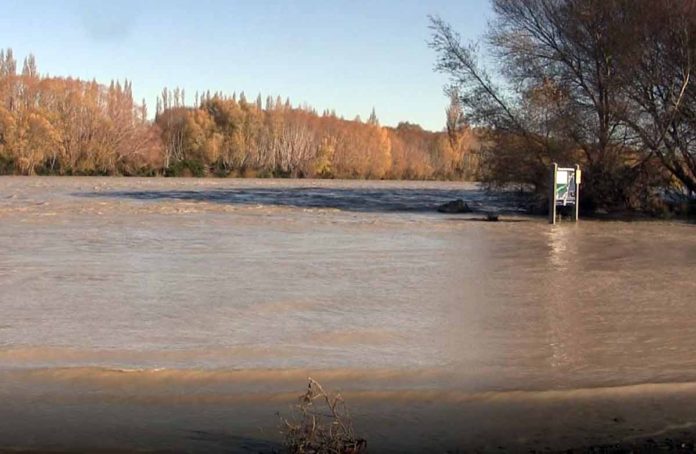The Waimakariri River in flood – no fishing today! A 1000 years ago the Waimakariri River ran into Lake Ellesmere. It is now “fenced” in by stopbanks.
By Monty Wright
Nature’s creation of rivers was originally developed by excessive rain falling on the land creating its own channels and flooding much of the deltas. Some floods are slow and steady while other ones have immense energy through the amount of rain that falls. Although the river systems were originally created by this method, Man in this wisdom has changed many of the areas, not only within the flood channel but outside it, by developing land to utilise for our own food resource. Floods can be contained to a degree but sometimes the river breaks free.

Flooding has a substantial negative impact on the river channel and the aquatic organisms which live there. In many cases, the armouring of the river is broken down by the high water levels but always some little area will remain where the aquatic organisms can shelter so as to carry out nature’s work in the coming seasons.
Trout are also affected by this heavy flooding. First of all the heavy silt which is carried by the floods, although travelling fast through the system, can still have an adverse effect on the gill surface, which is the breathing mechanism of the fish. Many of the food items are buried and worst of all the place in the river that the trout knew as their home is washed away or destroyed.
Floods in the Upper Clutha Catchment
In January 1994 the huge flood that hit the Upper Clutha Catchment substantially damaged several rivers and fears were held about how these waterways would cope or be affected in the 1994/95 season.
When the flood waters had cleared they were completely new river systems, some with incredible amounts of damage, such as the Wilkin. But others stood up to it quite well, depending on the type of channel pool or braiding which occurred within the river’s systems. There were some good examples of how the aquatic creatures and the trout that remained quickly bounced back and became adaptable to the new conditions and their ability to capitalise whenever good conditions prevailed, such as they did through the previous season. Over this last summer, we suffered no major floods and the resulting stability allowed the invertebrate population and the fish to thrive.
Certainly, there are some anomalies in the system such as rivers like the Dingleburn and the head of Lake Dunstan which are still badly affected by floods from the huge amount of water that passed through them. Of course many fish ended up in the lake systems and this provided a better angling resource around some of the river mouths.
Floods in Lake Hawea
Some effect has been noted in places such as Lake Hawea where the lake was dirty and discoloured for several months which had an effect on the light reaching the food resource such as the weeds and algae, and therefore denying the aquatic insects and small bullies the normal array of food organisms they depend on.
Taking all this into account it has still been an amazing season for the anglers. Sure in some places fish weren’t where you used to find them, so that extra bit of scouting around had to take place, but that’s not too bad. It allows you to see some new areas. Most anglers reported good catches with fish in excellent condition, except for the two waters previously mentioned, the Dingle and Lake Dunstan in the head of the Clutha Arm. But even in these places, there were still some good fish available. Those fish that got onto the new food resource and found places to live in the new river channel soon adapted to the conditions. These fisheries will recover with time.
Although water levels dropped consistently during the season we were lucky in some waters where irrigation water returning to those rivers from the storage dams has kept them at a reasonable level. The Manuherikia River is one of these. It has fished consistently well throughout the season. Although many of the fish weren’t large there were still plenty there to catch with all methods of angling. In the Lower Clutha system, the best salmon run for many years was recorded over this season. Certainly, we haven’t got all the answers why this occurred but by the number of redds built during April and May all looks well for a good season again in three year’s time. Fish and Game staff concerned at the state of Manuherikia River.
In all, most anglers seemed pleased with their fishing, being able to travel to many waters and catch some good trout which is always a pleasure during such a stable summer.
Credit: Source link


